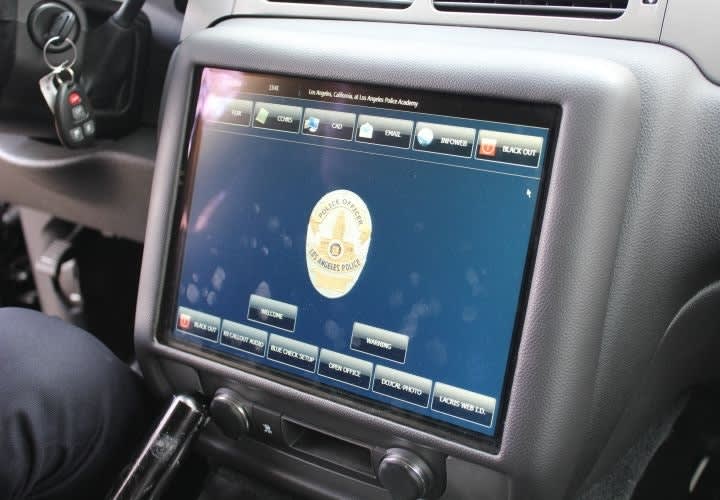The cost of goods rose for two reasons, Yegiyan said. The components, parts, and supplies used in 2011 were more expensive because of the type of items purchased. The fleet division replaced more expensive items and more items that were out of warranty because of the age of the vehicles.
The average cost of goods purchased and used to repair and service the fleet increased by 13%. Managed inventory, which is also known as "stocked item cost," increased by 4%. The cost of purchased, out-of-stock ("buy out") items increased by 21%.
Yegiyan will consider a volume-purchase plan for non-contracted parts to reduce per-part expense. The department is now in a holding pattern on its fleet replacement program, due to city budget shortfalls. Yegiyan hasn't purchased new black-and-white cruisers or unmarked vehicles in three years; however, officers continue to evaluate new patrol cars for a Crown Vic replacement. The LAPD is expected to select one of three new patrol cars—the Ford Police Interceptor, Chevrolet Caprice PPV, or Dodge Charger Pursuit—later this year.
The cost of fueling LAPD patrol vehicles rose almost 50 cents per gallon during the year. In Jan of 2011, the department spent $3.10 per gallon. By August, it cost the LAPD $3.53 per gallon. Yegiyan expects fuel prices to climb higher in 2012.
Once the agency begins purchasing new patrol cars, fuel costs should begin falling, because the new patrol cars offer significantly higher miles per gallon than the Ford Crown Vic. As an example, Ford's 2013 Police Interceptor offers at least 18 mpg compared to the fleet-wide average of 14 mpg on the Crown Vics.












